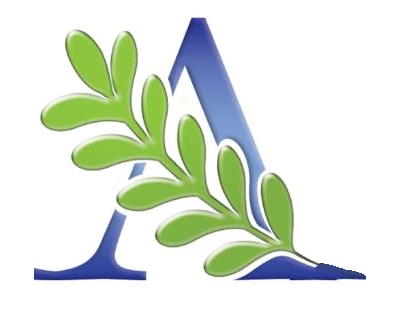|
Since Homeopathy has been promoted by Hahnemann, it once sprang up in the countries of Europe and America, and grew up rapidly. But in the late 19th century, Homeopathy was almost completely extirpated. Until 1960s it gradually became prosperous again. Why is there such a phenomenon? The development of Homeopathy in the past and present was stated as follows: |
The Past of United States of America: The Rise of Homeopathy
In 1832 cholera epidemic prevailed in Europe. After the news of the cholera patients successfully treated by local Homeopath was spread to the United States, the doctors in the United States showed their interest to Homeopathy. In just a few years, Homeopathy was blooming like the flowers in the Spring. In 1844, American Institute of Homeopathy was established in the United States. and was regarded as the first organization applied the registration to the country and was certified by the federal government in the states. Until the latter half of the 19th century, Homeopathy was very popular in the United States. In 1890 there were a total of more than 14,000 homeopaths in the whole United States, that is not less than 15 percent of physicians deploying the Homeopathy practice. In some areas such as the New England states, and more states of Midwest the proportion of homeopaths was up to 20% ~ 25%. At that time there were 22 homeopathic medical schools, more than 100 homeopathic hospitals, more than 1,000 homeopathic remedies suppliers. Today the famous Boston University School of Medicine, University of Michigan Medical School, New York Medical College, University of Minnesota School of Medicine, Hahnemann College of Homeopathy and Standford University School of Medicine have once been the homeopathic hospitals at that time.
In 1848 the Homeopathic Boston College Female Medical College was founded to become the first women’s medical school in the world. In 1873, the college changed was renamed the New England Female Medical College, and was soon merged with another homeopathic medical school, Boston University School of Medicine. In 1871 Homeopaths admitted women into American Institute of Homeopathy, which was the first medical association in the word to accept the women physicians, while women were not invited into American Institute of Medicine (AMA) until 1915. Compared to AMA, American Institue of Homeopathy accepted female members 44 years earlier than the AMA. According to a U.S. Commission on Education in 1898, three out of the four medial schools with the largest libraries and complete series of reference books were homeopathic colleges. Obviously, the education standard of homeopathic medical school was much higher than the Western Medicine school at that time. The development of Homeopathy was all the rage.
In addition, there were many famous great writers, politicians and businessmen supporting Homeopathy in the United States. They all played an important role in promoting Homeopathy. The great writers included Mark Twain, William James, Louisa May Alcott, Harriett Beecher Stowe, Henry David Thoreau and so on. Politicians included William Lloyd Garrison and Zabina Eastman (abolitionists), Susan B Anthony and Elizabeth Cady Stanton (feminists), the presidents for the United States such as James A Garfield and William McKinley. The businessmen included the famous millionaries such as John D. Rockefeller and William , etc.
References:
- Coulter, Divided Legacy: Conflict Between Homeopathy and The American Medical Association. Vol.3, pp. 124-126. Berkeley: North Atlantic, 1975.
- Coulter, Divided Legacy, Vol. 3, pp. 304, 460; Transactions of the American Institute of Homeopathy, 1901, pp. 657-746.
- Ibid. Transactions of the American Institute of Homeopathy, 1908, p.128.
- King, History of Homeopathy, Vol. 2, pp. 159-213.
- Abrams, Ruth, ed., Send Us a Lady Physician: Women Doctors in American, 183-1920 (New York: Norton, 1985), p.100.
- Pials, University of Michigan, 1901.
- New York Journal of Medicine, 5 (1845): 418.

